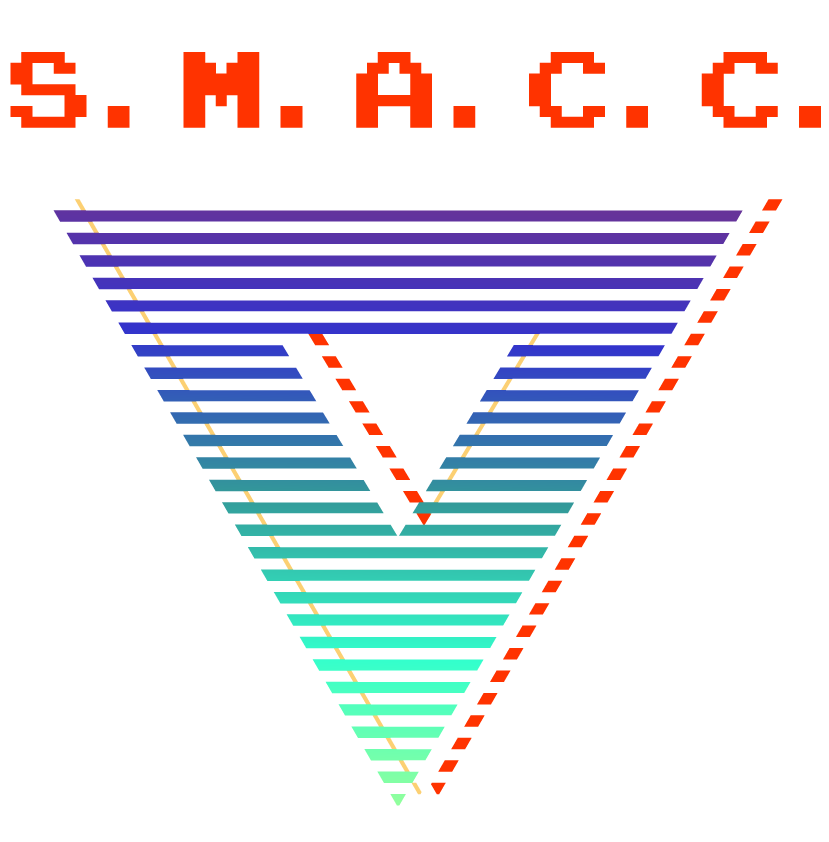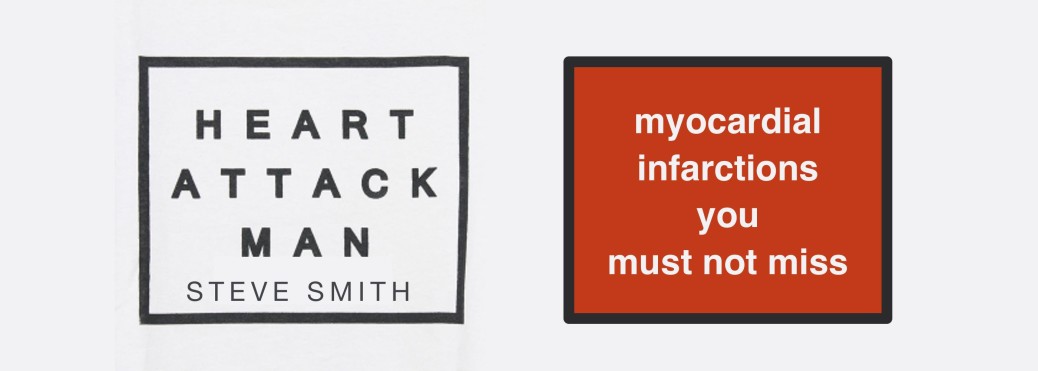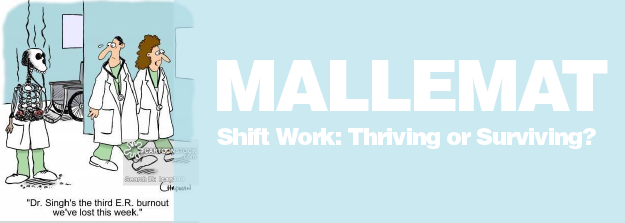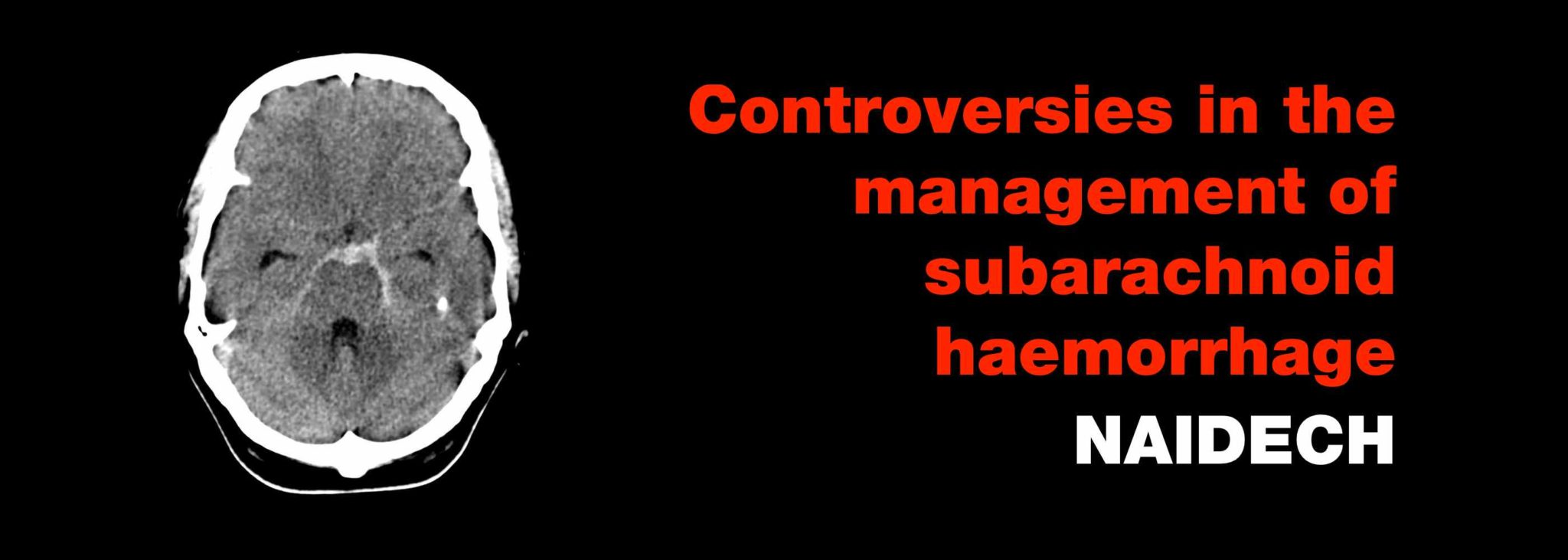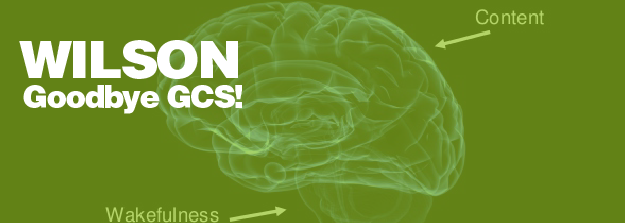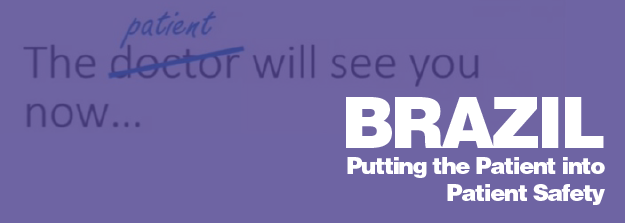Steve Smith – Myocardial Infarctions You Must Not Miss!
Summary By: Steve Smith
Last year at SMACC, I talked on NonSTEMI that need the cath lab now and showed many ECGs which represent acute coronary occlusion (Myocardial Infactions) but present on the ECG as very subtle findings (http://hqmeded-ecg.blogspot.com/search?q=subtle), particularly as subtle ST segment elevation that does not meet “STEMI” criteria and is diagnosed as NonSTEMI.
This year, I build on that idea and challenge the whole idea of a dichotomy between STEMI and NonSTEMI. These are NOT distinct pathologies, but rather exist on a continuum of intracoronary thrombus. Nevertheless, this false dichotomy is rarely recognized by emergency physicians or cardiologists, and patients suffer because of it. There are obvious STEMI, which always need the cath lab emergently, and for which time is myocardium.
On the other hand, there are patients whose symptoms are resolved, ECG is non-diagnostic, shows no active ischemia nor subtle ST elevation, but whose troponin is positive and their resolved chest pain is due to an MI with an open artery and no ongoing myocardial cell death. These are NonSTEMI that can be treated with antiplatelet and antithrombotic therapy and get their angiogram the next day. And then there are the patients who have subtle ST elevation representing acute coronary occlusion, or who have active symptoms and/or persistent ECG ischemia. These patients do NOT have STEMI but do need the cath lab now. 25% of occlusions do NOT have diagnostic ST elevation and they do not get their angiogram until 24-36 hours later; their outcomes are worse: they have worse LV function, higher biomarkers, and higher mortality than NonSTEMI whose arteries are open at next-day cath.
I advocate an end to another dichotomy: activate the cath lab (Pathway A) or do NOT activate. Instead, I advocate what we at Hennepin County Medical Center call “Pathway B”: emergent consultation with cardiology, including a high quality emergency contrast echocardiogram to look for wall motion abnormality. I also point out that this is not just my opinion, that the American College of Cardiology (here) (p. 537) Finally, at the end I show a variety of ECGs which represent subtle coronary occlusion or ongoing ischemia.
